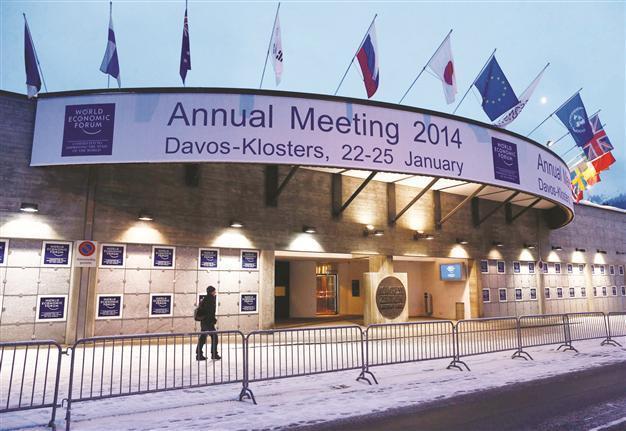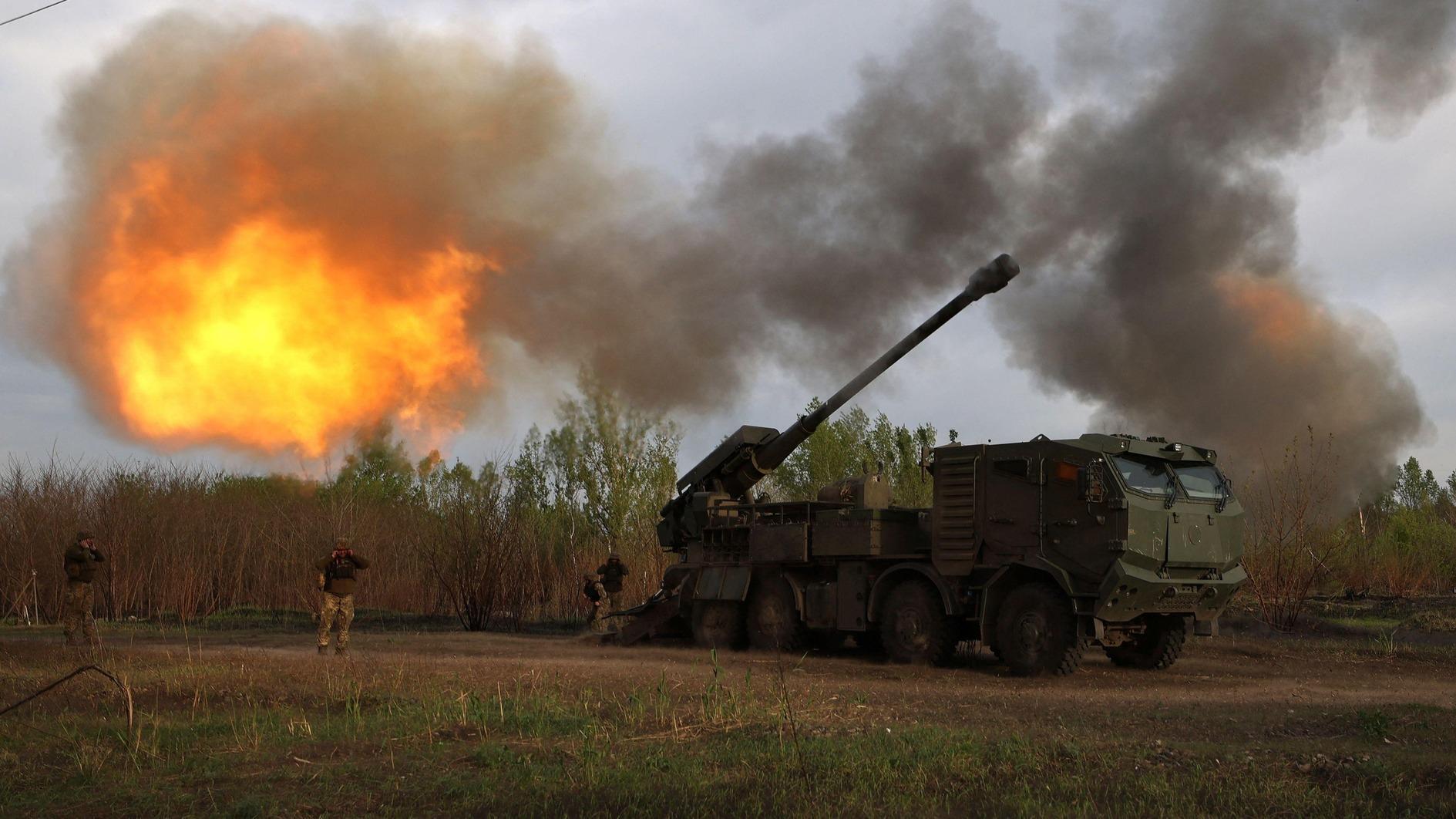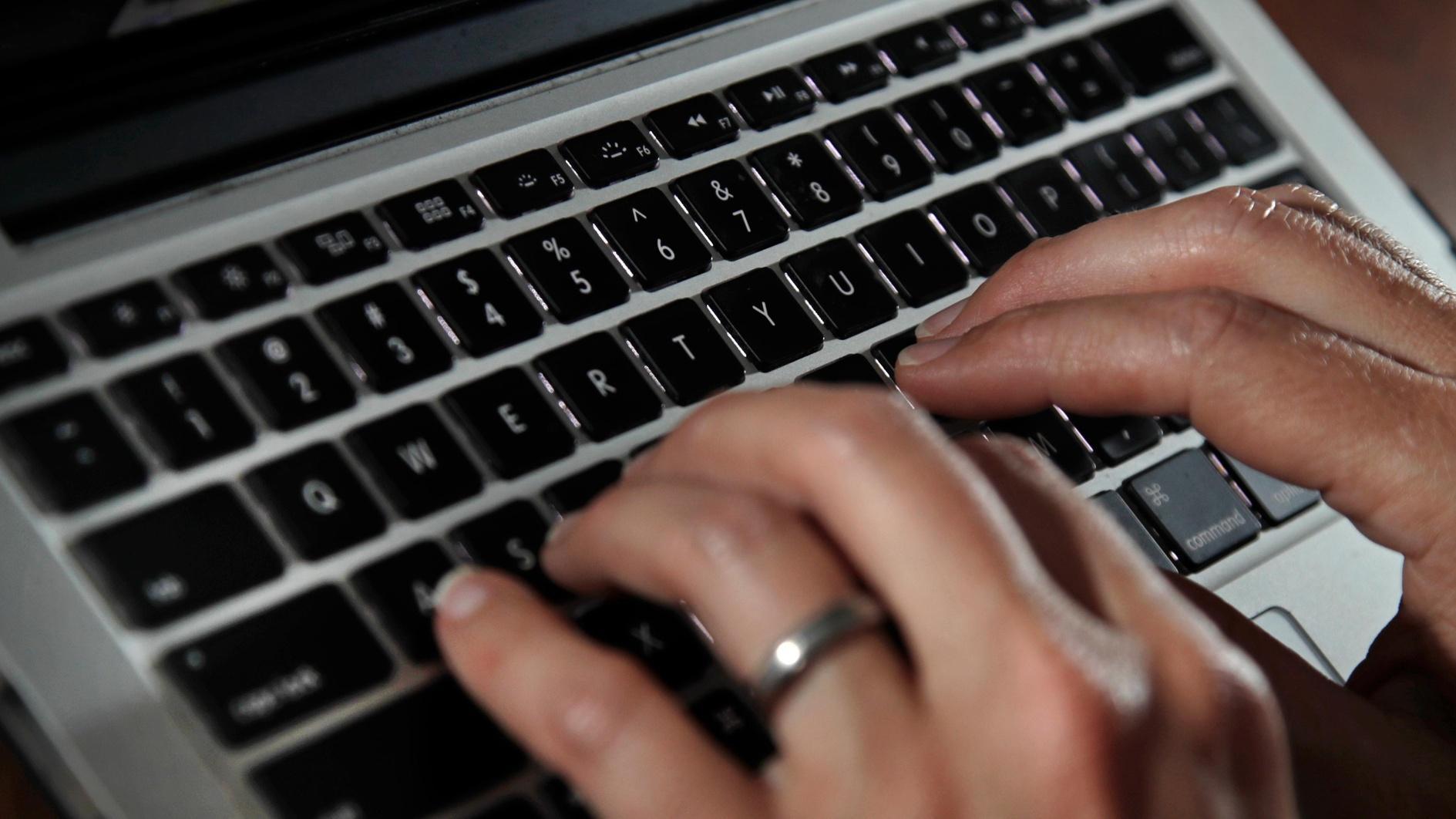Dilemma in Davos: How to help, not harm, world’s fragile recovery
DAVOS - Reuters

A person walks past the entrance of the congress center for the annual meeting of the World Economic Forum (WEF) 2014 in the early morning in Davos, Switzerland. The annual Davos gathering will run this year from Jan 22 to 25. REUTERS photo
In the face of it, a combination of record low interest rates, ample liquidity and faster economic growth should sustain the world’s recovery from financial crisis this year.Confident that the outlook for the world’s biggest economy is brightening, the Federal Reserve has paved the way for an end to its stimulus program and, after a bout of market turmoil last year, investors seem prepared for the shift.
But the U.S. central bank’s effort to return to pre-crisis policy settings still represents a huge leap in the dark as it exits from an unprecedented bout of money printing.
An ill-judged move could threaten economic revival worldwide, just one of the dilemmas facing policymakers from America, Europe and Asia as they gather this week for an annual meeting in Davos. Protagonists will include U.S. Treasury Secretary Jack Lew, Japanese Prime Minister Shinzo Abe, European Commission President Jose Manuel Barroso and central bankers Mark Carney, Mario Draghi and Haruhiko Kuroda. A “senior leader” from China is also expected.
Broadly, the risks they face are slower-than-expected U.S. growth, euro zone deflation, an absence of structural reforms in Japan, and bad loans in China. There will doubtless be others. “While the Fed is trying to normalize monetary conditions to avoid a credit bubble, China is trying to implement financial sector reforms to bring one to an end,” said Michael Spencer, economist at Deutsche Bank. “Both potentially threaten the sustainability of growth.”
The balance of risks for this year may be tilted towards the United States and the euro zone, even if the policy challenges facing Japan and China appear greater.
Investors have already priced in a lot of good news, with European shares hitting a 5-1/2 year high last week. The risk is that weaker-than-expected growth could knock markets and unsettle the global recovery. “What could trigger a correction is that growth turns out to be weaker than markets have discounted,” said Andrew Bosomworth, a senior portfolio manager at Pimco, the world’s largest bond fund. “In the case of equities, markets have discounted some pretty rosy economic conditions.”
The genie and the ogre
The challenge for policymakers in the United States and Europe is to manage policy expectations at a time when inflation is not performing as expected.
Some Fed officials worry tepid price rises mean the U.S. recovery is not as solid as it seems. With growth and job creation should come inflation.
Given that uncertainty, U.S. central bankers must convince hesitant consumers that even if the era of quantitative easing is drawing to a close, an interest rate rise remains a long way off.
“The Fed’s next challenge is not over tapering, it’s over rates and guidance,” said Sassan Ghahramani, CEO of New York-based SGH Macro Advisors, which advises hedge funds.
If it fails to convince, market interest rates which often set the cost of borrowing could rise too quickly and choke off recovery in the United States and beyond. If that happens, investment will leach out of emerging markets as U.S. funds return home lured by higher returns.
“It’s a corollary of quantitative easing and easy money going to emerging markets,” said Ghahramani.
“Now that there is less of that QE and easy money, where does it come out of? It comes first out of those markets.”
If low inflation is a puzzle in the United States, prices could actually start falling in Europe.
IMF Managing Director Christine Lagarde, who speaks at Davos on Thursday, expressed concern last week.
“If inflation is the genie, then deflation is the ogre that must be fought decisively,” she said.
European Central Bank President Mario Draghi - feted at Davos last year as the euro zone’s savior - draws a distinction between deflation as a protracted fall in prices, and necessary internal price adjustments in some countries allowing them to become more competitive. “The risk is that the internal devaluations that need to be done in these countries morph into deflation,” said Bosomworth.
















